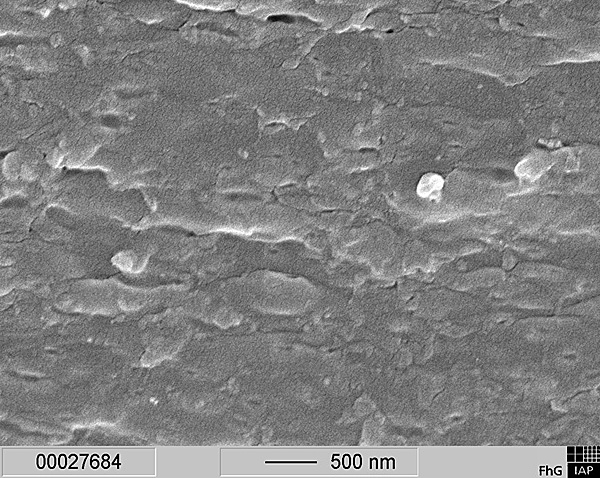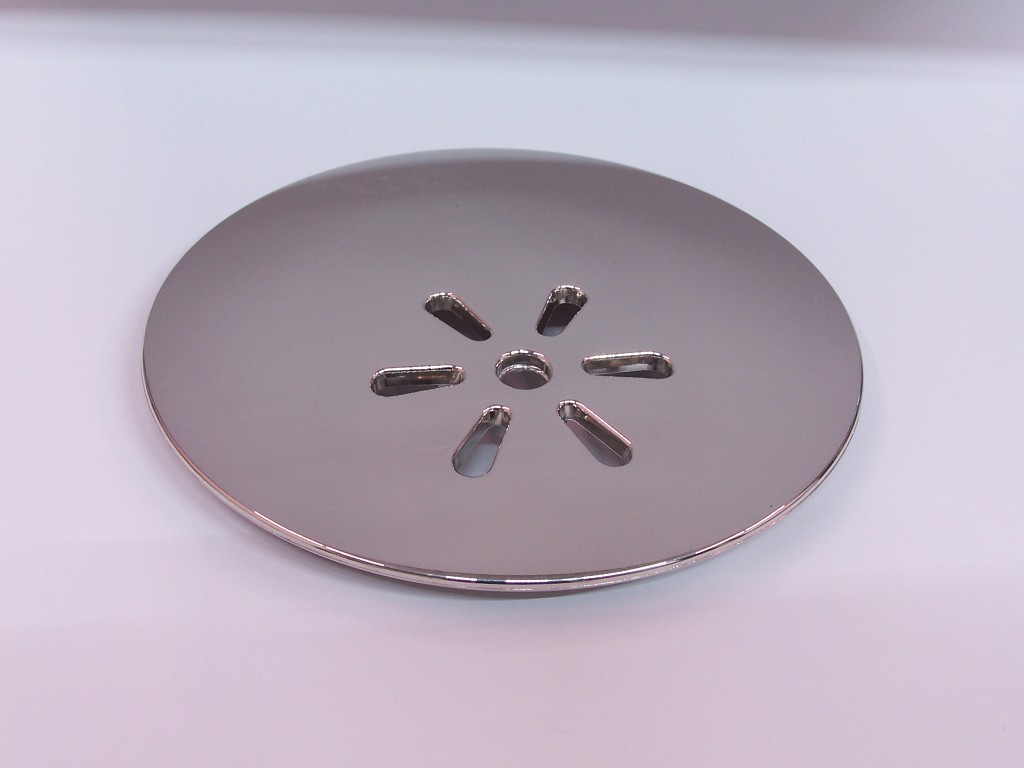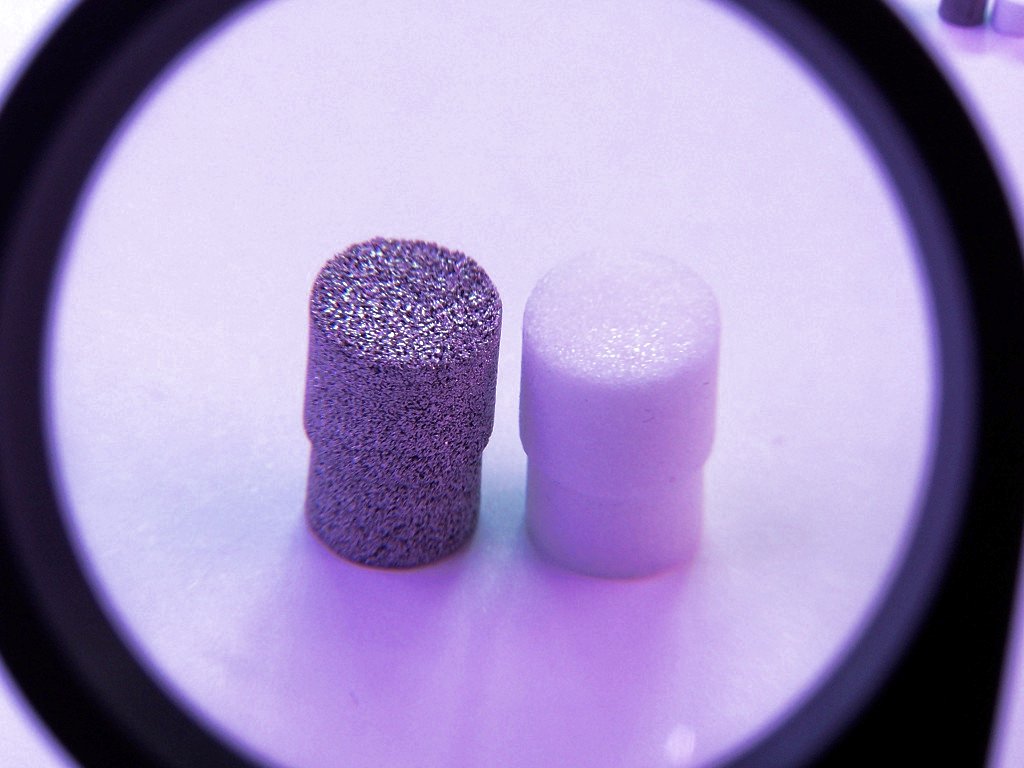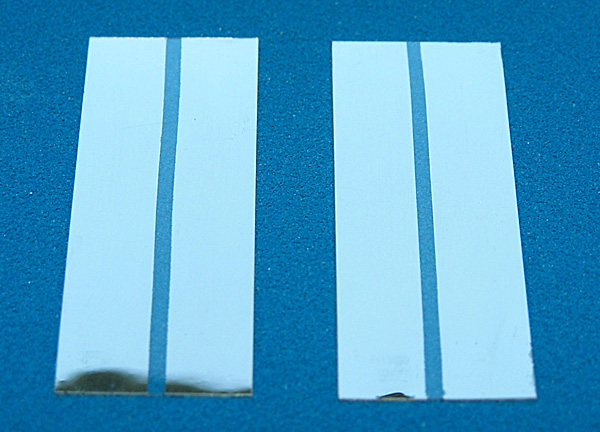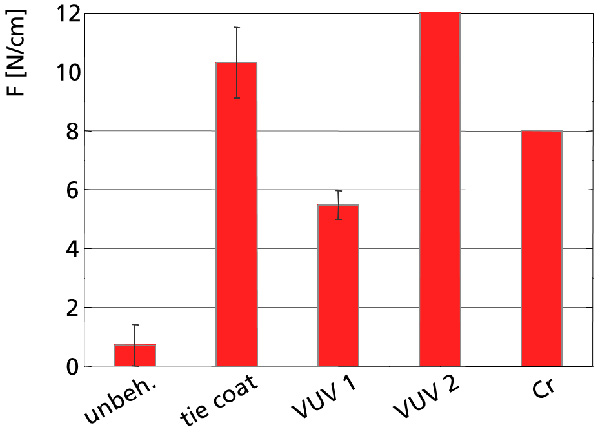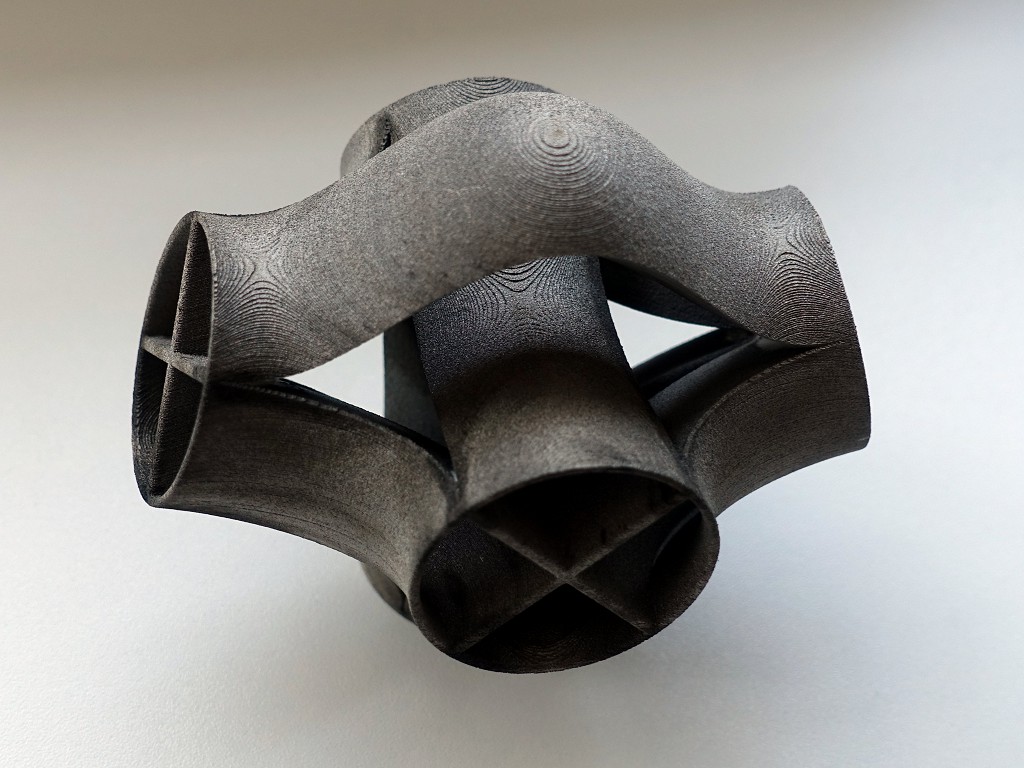Metallized plastics are used to replace metal objects by plastics for example to reduce the weight of a product of both the conductive metal and the insulating plastic form a functional unit as in the case of a printed circuit board or film.
Since metals generally bond poorly to polymers, the plastic surface has to be treated. In this regard, the highly versatile ABS (acrylonitrile-butadiene-styrene terpolymer) is widely pretreated by etching with chromic acid. There are alternatives for the Cr(VI) containing agent. We dealt extensively with pretreatment technologies based on plasma and VUV radiation and with the application of functional polymers as molecular primers.
